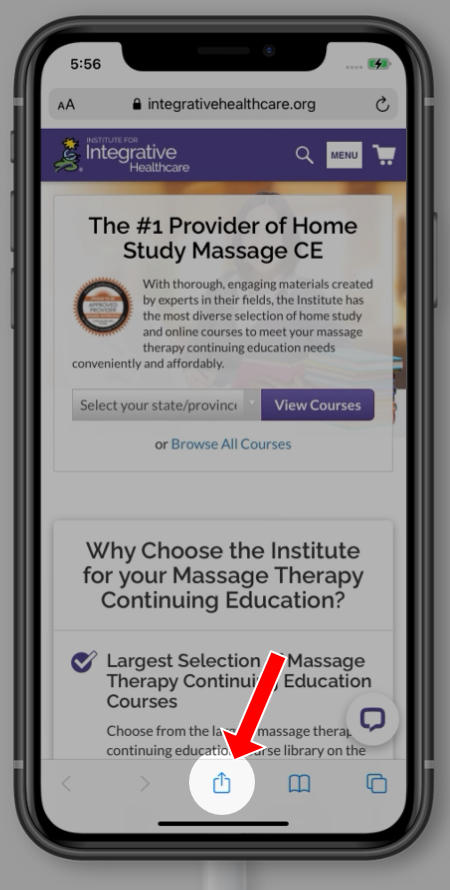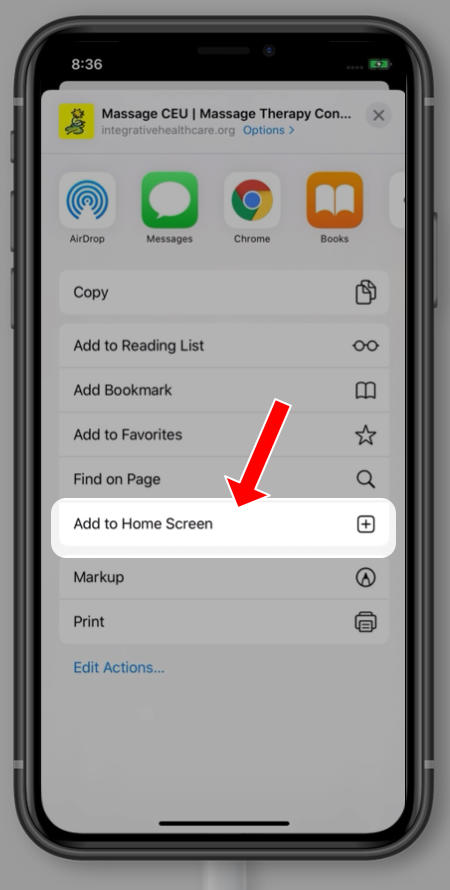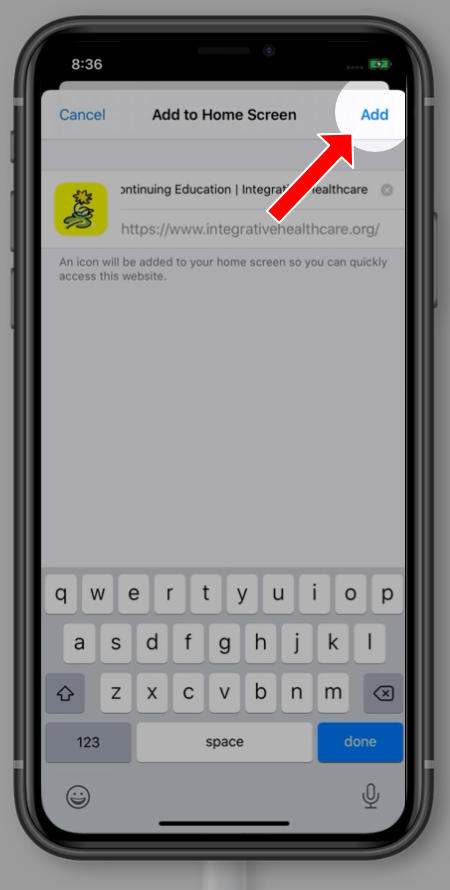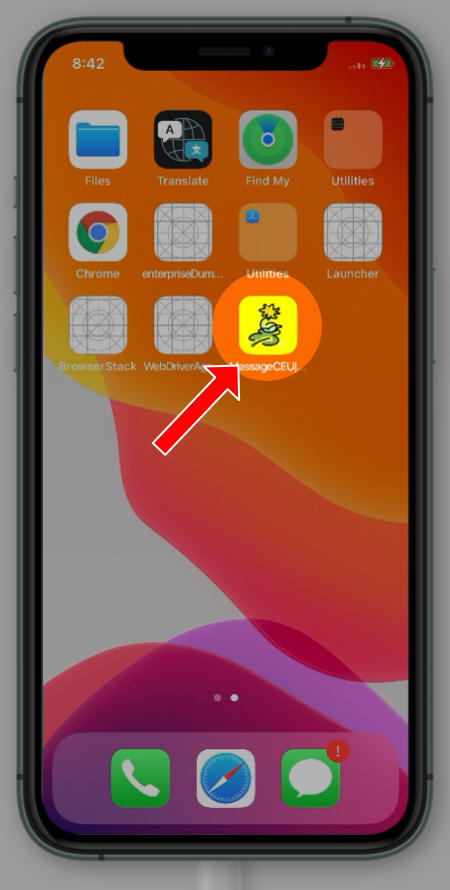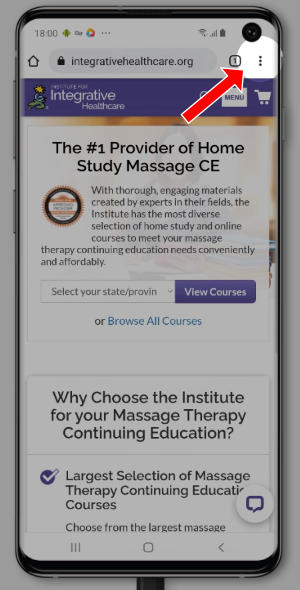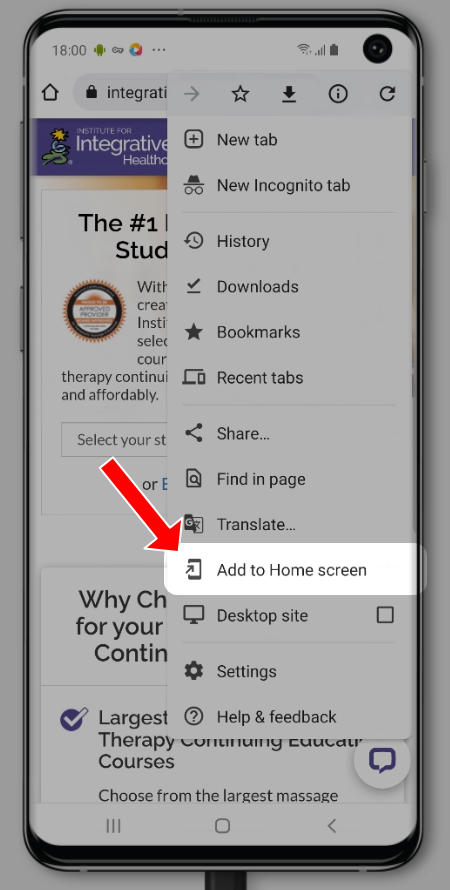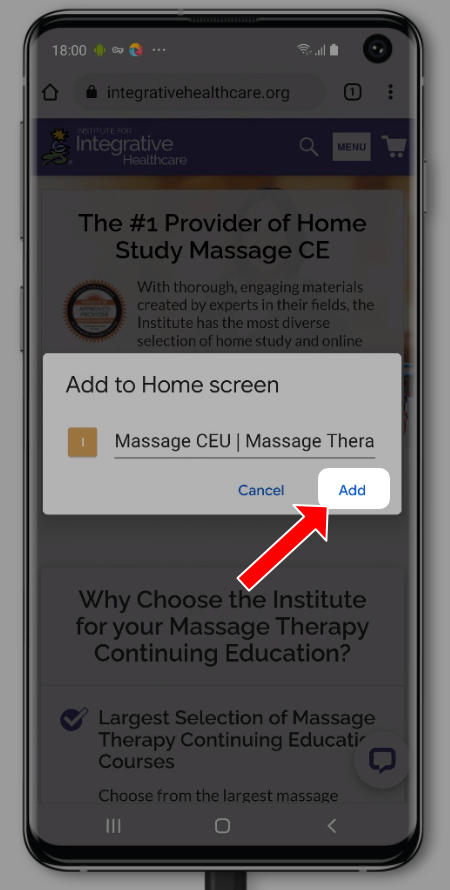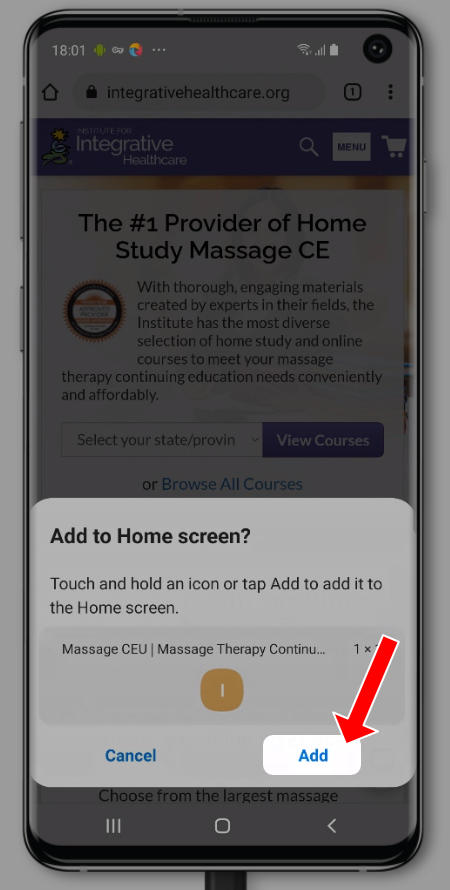There is no doubt that wearing seat belts saves lives. It is the single most effective thing you can do in a car to save your life. Statistics show that 63 percent of people killed in automobile accidents were not wearing seatbelts. Each year there are about 35,000 people who die as a result of a car crash. Half of them could have been saved if they had been wearing a seatbelt.
More than 75 percent of serious injuries and deaths from a car crash occur close to home and more than half at speeds slower than 40 miles per hour. An unbelted person weighing 160 pounds in a car going 30 mph can crash through a windshield with a force of 4,800 pounds.
But wearing a seatbelt is not a 100 percent guarantee against injury. While they do save lives, the very nature of what they do can cause soft tissue injury to the abdomen or result in broken or displaced bones. In a collision or rollover, the seat belt will tighten and the body will be thrust hard against it as the restraining mechanism does its job.
After surviving a car accident the person will most likely experience a lot of pain, even if there are no visible signs of injury. When a sudden traumatic event occurs the body’s protective mechanisms kick in. There is an endorphin rush, which can mask any pain and, along with an increase in adrenaline, enables the person to escape from the perceived danger. Unfortunately, after the danger has passed, the production of these chemicals subsides and the result is pain – sometimes lots of it. The last thing a person may want to do is get a massage. Others, who know about the benefits, will rush to make an appointment for bodywork.
Types of Injury
Perhaps the most common injury that a massage therapist will see after a car accident is whiplash. As the car comes to an abrupt stop, the body, even though restrained, will quickly be propelled forward and back in a kind of snapping motion. The pain or other difficulty may not be apparent for days, weeks or even months after the accident.
Other injuries can include bruising across the chest from the seatbelt, or more seriously, internal injuries, which result as vital organs are compressed against the spine or ribs. The shoulder harness portion of the seatbelt crosses over the heart, lungs, diaphragm and liver as well as the ribs, sternum and clavicle, all of which maybe affected, even in a moderately low impact crash. Ribs broken by the force of the seatbelt might splinter and enter lung tissue, penetrate the liver or puncture the kidneys. The lap portion of the seatbelt crosses over the pelvis and lower spine and can have an impact on the intestines, colon and spinal nerves. As bad as these injuries sound, they are less life-threatening than being thrown out of car or being catapulted through the windshield.
There are some people who will refuse emergency treatment after an accident. This may be because they feel fine or think the injuries are minor. In the next day or two when the pain begins, they may come to a massage therapist for relief. Without a thorough examination by a physician there is no way of knowing if a person has internal injuries. Administering massage therapy at this point can do more harm than good. Anyone wanting to receive therapy from a massage therapist or any other bodyworker must see a physician first to rule out any serious internal injury.
Once internal injuries are ruled out, massage therapy can be one of the best treatments to enhance healing for both the mental and physical trauma experienced as a result of the accident.
Accepting Insurance
Many insurance companies do not routinely cover massage therapy, but injury after an automobile accident will usually be covered by the client’s Personal Injury Protection (PIP) or No-Fault portion of his or her automobile insurance.
Aside from your hands-on work, you will need to become familiar with filling out insurance forms, writing up reports and making sure your SOAP notes fulfill the insurance company’s requirements. You need to know the diagnosis codes, which will come from the physician and the treatment codes accepted by the insurance company. Each state and each company will have slightly different rules and customized forms, though one form common to all insurance situations is the CMS-1500 (formerly the HCFA-1500).
While these insurance reimbursement payments may be less than your usual hourly fee, they can provide a steady and dependable income for your practice. And, because there is a lot of paperwork required, you may feel that your hourly income is even further reduced. Only you can decide if the time and effort is worth the reimbursement for your services.
Working with victims of automobile accidents can require long, hard work for a massage therapist. But the outcome can be rewarding as clients heal from their injuries, and their appointments may continue into the future as they feel the benefits of massage.




